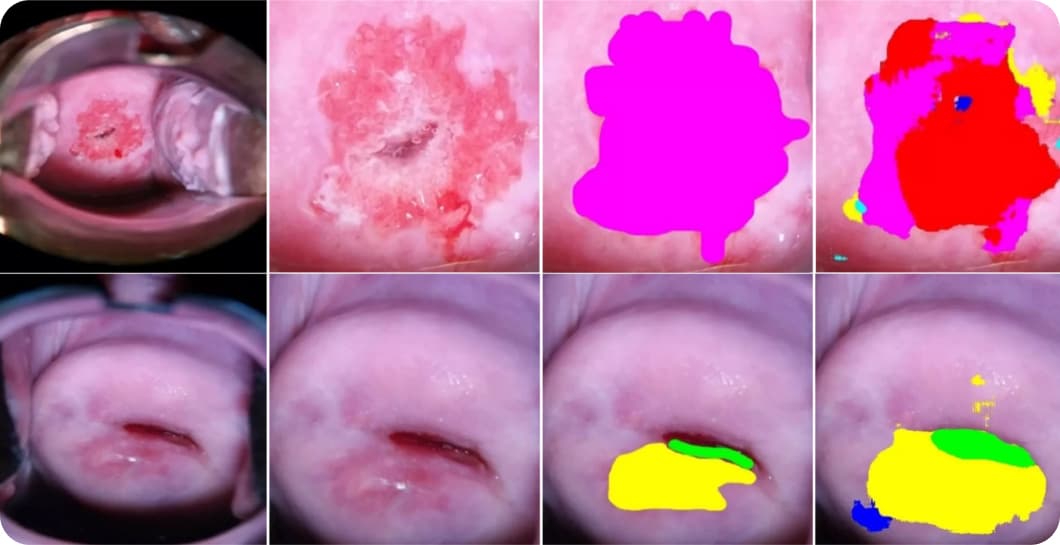
In recent years, Artificial Intelligence (AI) has transformed from a buzzword into a fundamental tool for businesses across various domains. From global tech giants to local start-ups, the adoption of AI is visible everywhere. The shift from traditional methods to AI-infused operations is no longer a luxury but a necessity for companies that aim to remain competitive and innovative.
The AI Revolution in the Corporate World
Companies worldwide are rapidly integrating AI into their daily operations, and the results are telling. AI-driven automation handles repetitive tasks efficiently, thereby freeing up human resources for more strategic roles. With the capability of processing vast amounts of data in split seconds, AI systems can offer real-time insights, predictive analytics, and even prescriptive recommendations, enabling businesses to make more informed decisions faster.
For instance, Netflix utilizes AI-driven algorithms to recommend shows and movies to users based on their viewing history, personalize thumbnails, predict viewer patterns to determine periods of network traffic congestion in various regions for smart content caching, and forecast user growth rate. This strategy boosts user engagement, retains subscribers, ensures service consistency, and results in an impressive 3.5% churn rate, saving an estimated $1 billion annually.
Similarly, automobile industry giants, like Tesla, are integrating AI to develop autonomous vehicles. AI systems process data from vehicle sensors and make split-second decisions that can help avoid accidents and navigate the road.
In industries like logistics, AI simplifies complex supply chain management, optimizes routes, predicts maintenance needs, and anticipates fluctuations in demand. Forecasts suggest that the industry will experience a compound annual growth rate (CAGR) of 43% in AI adoption, achieving a market value of 6.5 billion USD by 2024. For example, DHL, a leading logistics operator, uses AI for route optimization, predicting package delivery times more accurately by analyzing traffic data, weather patterns, and other variables. Moreover, DHL’s incorporation of Machine Learning algorithms optimizes warehousing for major e-commerce players, mitigating supply issues and augmenting facility productivity by 30% during peak times.
Among these giants, our company ID AL. Solutions is making significant strides with its expertise in full-cycle development of AI and ML-based applications, especially in Logistics and MedTech (FemTech). One of our standout stories is Dr. GyneCom – a groundbreaking AI-driven gynecological initiative. This innovative platform embodies how AI can be leveraged to address pressing healthcare challenges, while also bringing about significant economic benefits.
Dr. GyneCom: Changing the Landscape of Women’s Health
Gynecological health is a concern shared by millions. Traditional methods of detection and treatment can often be invasive, costly, and, most importantly, not timely enough. Despite being a preventable disease, cervical cancer still claims hundreds of thousands of lives each year due to late diagnosis.
Dr. GyneCom aims to change this narrative by enabling timely and regular screening at home. Its AI-driven diagnostic capabilities can detect early signs of cervical cancer with a high level of accuracy, surpassing even seasoned medical professionals in accuracy, and making early intervention possible. The underlying deep learning algorithm swiftly identifies cervical pathologies from colposcopic images with over 90.5% accuracy, offering specific pathology probability estimates exceeding 96.5% based on The Bethesda System for Reporting Cervical Cytology.
Such a proactive approach to cervical screening has a ripple effect. Early detection not only saves lives but also substantially reduces the financial burden on the healthcare system. The U.S. alone spends around $8 billion annually on cervical cancer treatments. With solutions like Dr. GyneCom, a significant portion of this could be channeled toward preventive measures.
Moreover, our solution is designed to be accessible to women of all ages and income levels. All that the patient will need is a portable cervicoscope we call “Lily”, which is to become the world’s first gynecological device for home use, with a price tag under $50. All the necessary software will come for free. Therefore, by making essential healthcare services universally accessible, we aim to significantly improve women’s global living standards.
This is just one example of our diverse experience working with AI and Machine Learning. As our team continually broadens its expertise, we work across different business domains, striving to provide our clients with high-quality solutions to their business problems using modern and effective approaches. We eagerly await opportunities to share our knowledge and experience with you and take on the implementation of your project regardless of scale and complexity. For those interested in Dr. GyneCom and eager to assist in the upgrowth of this project, thereby contributing to global humanitarian prosperity, we welcome your outreach.
In Conclusion
The integration of AI in daily business operations is not a fleeting trend; it’s the future. From entertainment to e-commerce, transport to healthcare, AI’s footprint is evident. This is why ID AL. Solutions allows its clients to benefit from the transformative power of AI, employed with vision and purpose. As AI continues to evolve and find applications in various sectors, its role in enhancing productivity, saving lives, and driving economic growth becomes ever more pivotal.



